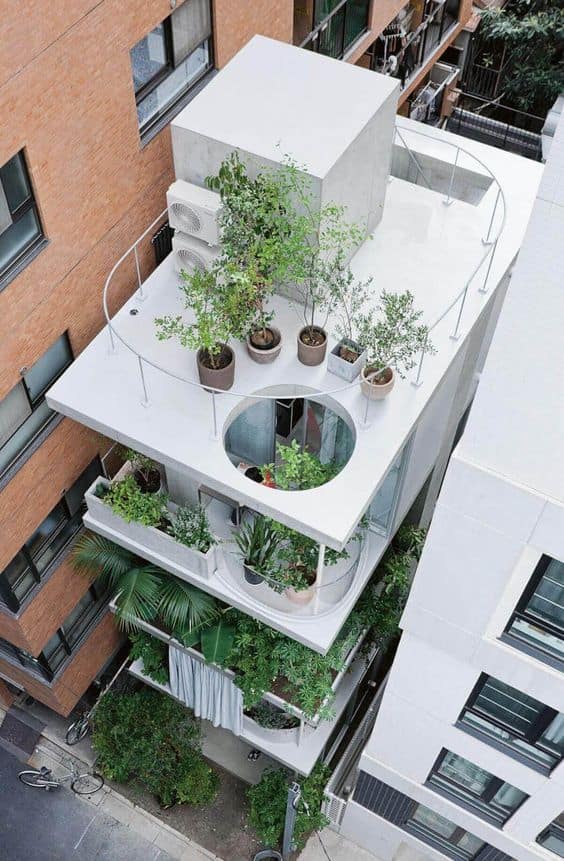Although the idea of bio-architecture might appear novel, it is not. A collection of very old construction methods make up bio-architecture. Have you ever questioned why bio-architecture performs this rescue?
What can bio-architecture do, and how might it make the world more sustainable? The topic is wide, therefore we have included a brief guide below to assist in addressing these and other questions.


The integration and preservation of the environment are the primary goals of bio-architecture, a design idea. In this kind of architecture, nature and man’s interaction with it are the main characters.
The bio-architecture is constructed with an emphasis on minimizing its negative effects on the environment. As a result, depending on their location, bio-construction frequently differs in terms of aesthetics and structure.
Consequently, bio-architecture can be viewed from a perspective that transcends basic structure. She is vibrant, animated, and brimming with tales to share.


The preservation of the environment that bio-architecture offers is without a doubt one of its key benefits.
By reusing rainwater or creating electricity through photovoltaic panels, bio-architecture considerably reduces the influence that man has on the environment. This reduction extends beyond the initial building to include the later habitation as well.
The appreciation of culture and regionalism in bio-architecture is another lovely thing to observe. Many of these cultural traits are assimilated into the shape and construction of the homes created according to this concept.
These historical cultural characteristics may be seen in each project and are amplified when compared to other locations throughout the globe. For instance, the characteristics of a bio-house in China differ greatly from those of a bio-house in Africa.
In terms of money, bio-architecture is also helpful. Even while it initially costs roughly 5% more than traditional construction, this style of construction ends up being significantly more cost-effective in the long run.
Initially, by recycling natural resources that are easier on your wallet, like energy. Another factor is the little maintenance required for this kind of home, especially when compared to conventional structures.
This website uses cookies.